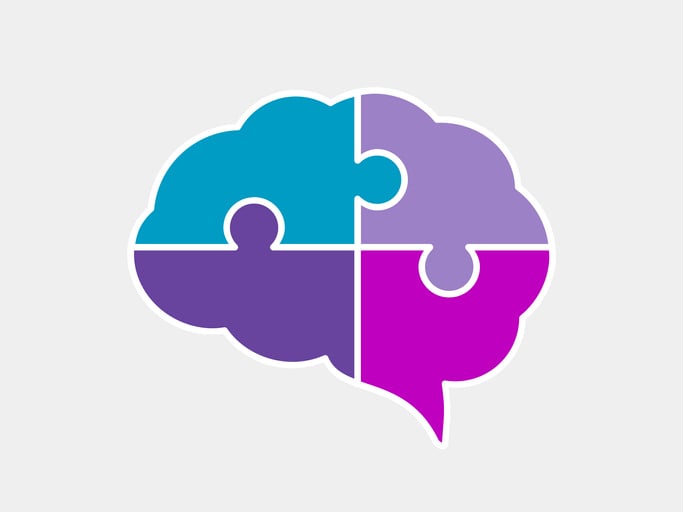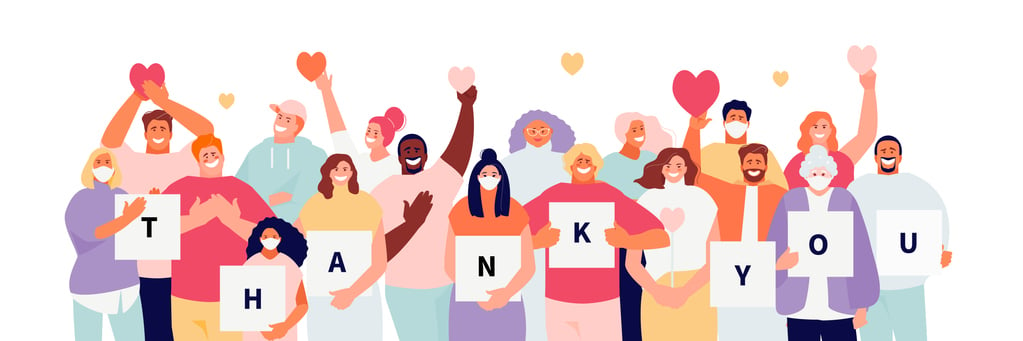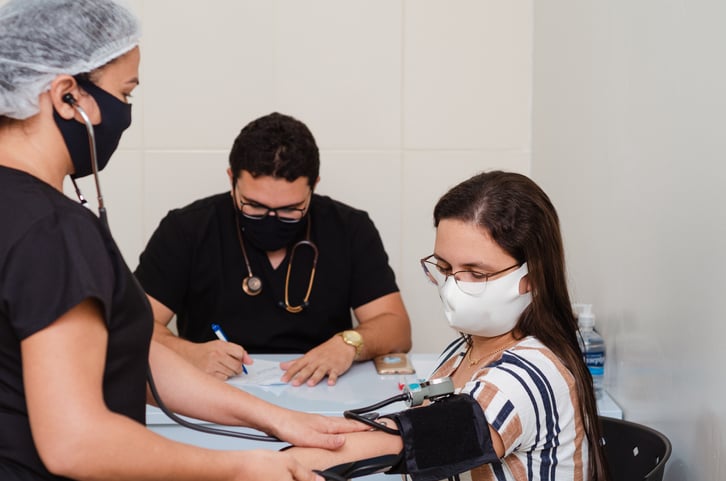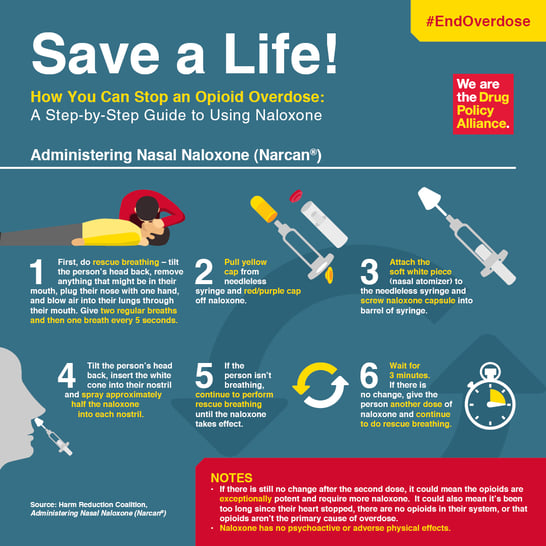 On an average day, Nurses interact with many patients, their families and friends, and exchange information with numerous healthcare staff. It is critical to be a good communicator because medical errors will occur if providers aren't all on the same page about patients' diagnoses, treatment plans, etc.
On an average day, Nurses interact with many patients, their families and friends, and exchange information with numerous healthcare staff. It is critical to be a good communicator because medical errors will occur if providers aren't all on the same page about patients' diagnoses, treatment plans, etc.
Some effective communication skills every Nurse should possess:
VERBAL
Verbal communication is one of the most important skills in Nursing. The goal is to always speak clearly, in a professional tone, and with honesty. Be aware of your patient's level of health literacy and avoid complex medical jargon. Vocally make sure everyone on the medical staff is on the same page about any vital patient information.
NON-VERBAL
Patient's pick up on body language and nonverbal cues just as much as verbal language. According to Indeed, some examples of nonverbal communication skills include:
- Maintaining eye contact when speaking or listening to someone
- Having a relaxed facial expression
- Smiling
- Nodding
- Keeping arms uncrossed
- Crouching when interacting with a bedridden patient
- Respecting the patient's personal space
CULTURAL AWARENESS
Nurses care for patients from all different backgrounds and cultures. It is important to be sensitive to the needs of each individual. For example, when working with a deaf patient or someone who speaks a language you aren't fluent in, bring in a translator if necessary. Or if someone has a preferred name or pronoun, you should respect them and refer to them by what they prefer.
WRITTEN
We understand how incredibly busy you are every minute of your shift. Transitioning patient information to the next caregiver is critical and you must be as clear and concise as possible. This includes creating and updating your patient’s medical record and whiteboard.
Try to jot down notes as soon after meeting with your patient as possible so you don't forget anything and write clearly so others don't get confused. Notebooks and charting books are great tools for every shift. You can write down any concerns or important information about patients and discuss them later on with other team members.
ACTIVE LISTENING
Active listening means you are listening to understand the other person’s experience and empathize with their situation. This requires your ultimate attention and engagement. Some active listening techniques include:
- Nodding your head, but never interrupting.
- Leaning forward and maintaining eye contact to let the patient know you’re engaged.
- Include minimal verbal encouragement, such as “I understand,” and “go on.”
- Repeating back to them their main point or concern
COMPASSION
Compassionate communication is the ability to exchange your thoughts and ideas with someone, while being empathetic to their suffering and anxiety. Put yourself in their shoes and create a judgment free space for them.
You can demonstrate compassion by using the parroting response which is repeating back what the patient said, but be careful not to overuse this technique because it will inhibit the patient from saying more. It's also important to validate the patient's feelings with a response of understanding or sympathy.
As you know, Nursing is challenging, but incredibly rewarding as well. Effective communication skills improves your patient’s well-being and puts you and your healthcare team on the same page




 Each year during Nurses Week we take the time to show our appreciation for Nurses and all of the amazing hard work they do. Companies have also taken this opportunity to show their appreciation by offering special discounts and freebies for healthcare heroes.
Each year during Nurses Week we take the time to show our appreciation for Nurses and all of the amazing hard work they do. Companies have also taken this opportunity to show their appreciation by offering special discounts and freebies for healthcare heroes.  As a Nurse, you always have essentials in your pockets or bag to help you get through a shift and day-to-day life as you never know when your experience and skills will be needed. Here are some of the essential items Nurses have on hand.
As a Nurse, you always have essentials in your pockets or bag to help you get through a shift and day-to-day life as you never know when your experience and skills will be needed. Here are some of the essential items Nurses have on hand. The
The  There is a dire need for healthcare professionals to care for America's incarcerated patient population. T
There is a dire need for healthcare professionals to care for America's incarcerated patient population. T In the United States, drug overdose deaths have reached historical rates. From September 2020 to September 2021, more than
In the United States, drug overdose deaths have reached historical rates. From September 2020 to September 2021, more than 

 A key tool to reducing health disparities in patient care involves diversifying the Nursing field. The Nursing population should be as diverse as the patient population they serve.
A key tool to reducing health disparities in patient care involves diversifying the Nursing field. The Nursing population should be as diverse as the patient population they serve. The National Commission to Address Racism in Nursing
The National Commission to Address Racism in Nursing